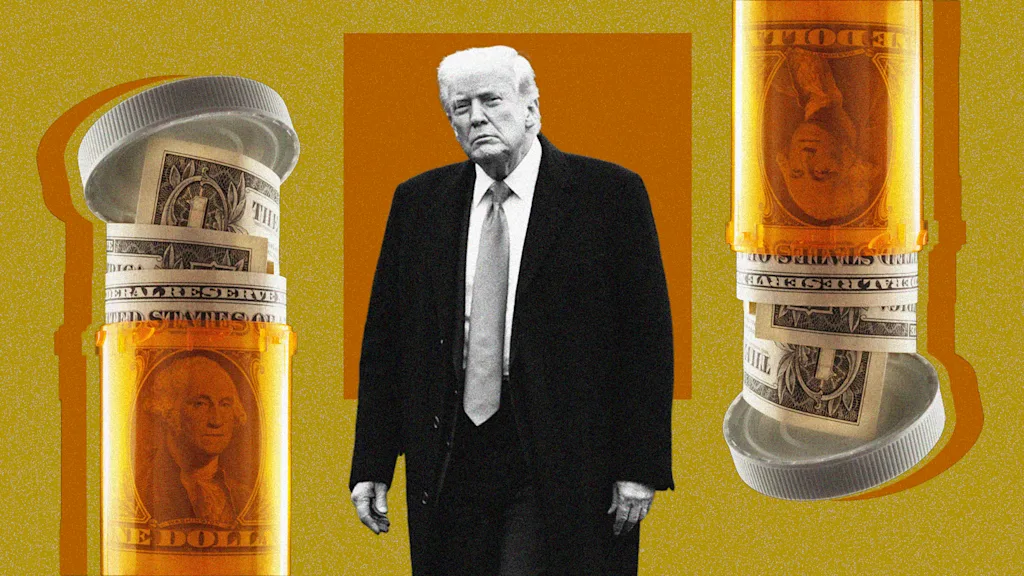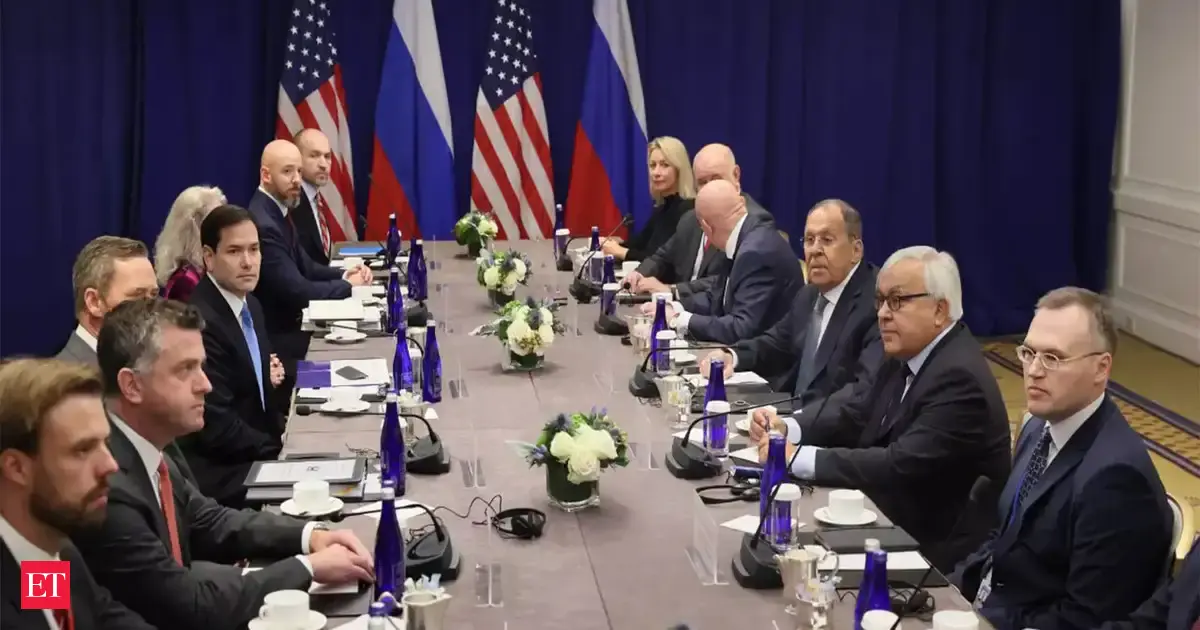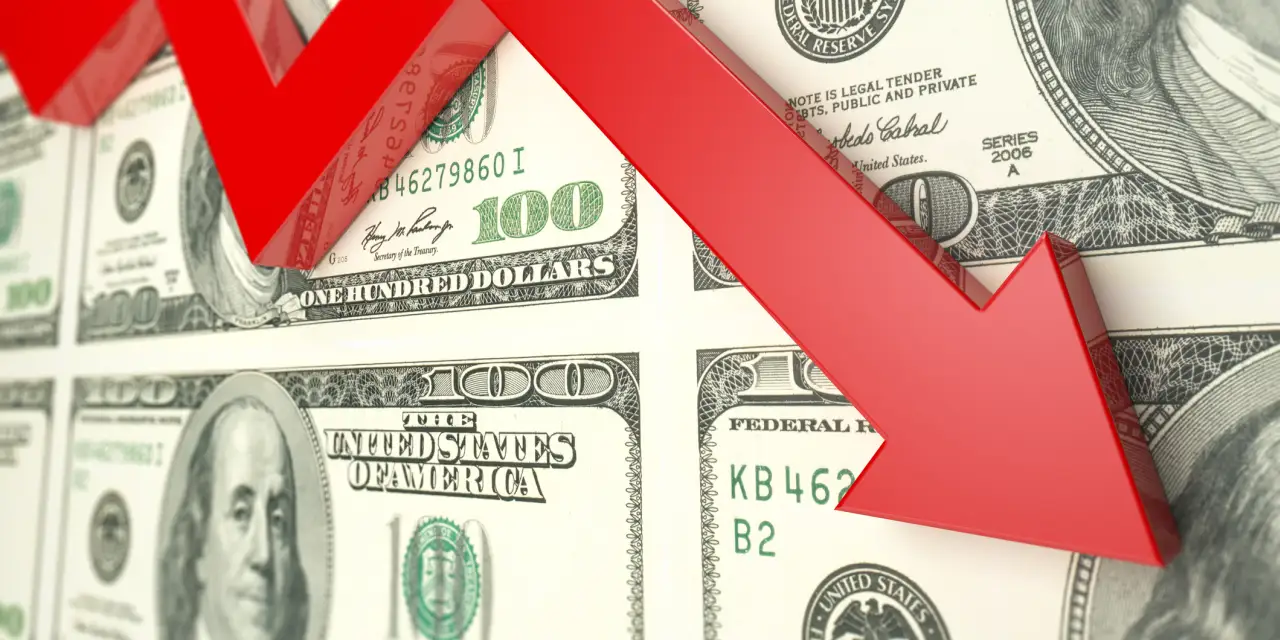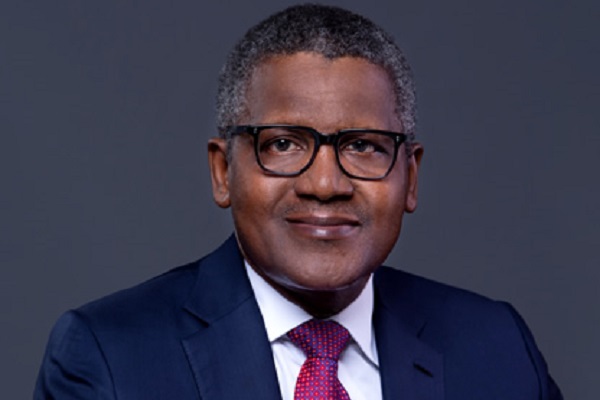
How big could drug price hikes get under the new slate of tariffs from the Trump administration? Perhaps not as bad as some originally feared.
The White House late Thursday unleashed a new slate of tariffs on goods ranging from furniture and kitchen equipment to trucks and, notably, a 100 percent tariff on pharmaceutical drugs.
A triple-digit tariff isn’t something to take lightly. But its impacts might not be as severe as they appear at first glance.
“On the face of it, it looks alarming, but there are many loopholes and safeguards,” says William Soliman, CEO of the Accreditation Council for Medical Affairs, an independent body supervising the life sciences sector. “Generic drugs are excluded, domestically manufactured products are excluded, and key trading partners like Japan and Korea are protected under existing agreements.”
That means that most Americans won’t be impacted here: about 91 percent of American prescriptions are generic drugs, according to the Food and Drug Administration. Lipitor, a drug manufactured by Pfizer to treat high cholesterol levels, is considered a “branded” drug, while atorvastatin is considered the generic version of the drug. The primary difference between branded drugs and generics usually boils down to cost, since generics are significantly cheaper.
That said, the U.S. does heavily rely on China and India for generic drugs. While generics are excluded from the latest tariff announcement, there is always a chance that trading partners could retaliate. But again, as Soliman points out, the latest tariff announcement underlines a push to have more generic drug manufacturing in the U.S. in the long term. That, he admits, could contribute to price increases in the future since American production tends to be more expensive compared to that overseas.
But smaller companies in the life sciences space could be the one that suffers the most — especially those who are innovating new treatments. That’s according to Rebecca Homkes, a lecturer at the UK’s London Business School.
“If these measures do go through — and a big emphasis on if — there will be ripple effects, but more so on smaller biotech and pharma companies,” Homkes says. “The fear is that the costs would be taken out of R&D and future product development, to the detriment of needed innovation in the space.”
To be clear, there will be a segment of the population that will face steep increases on some already expensive drugs. Soliman estimates that about 15 to 20 percent of the population uses branded drugs.
“Biosimilars and biologics — those are the drugs that I would say, outside of Japan and Korea, are the drugs that if they’re being brought in from other countries could be impacted, because they’re not generic,” Soliman says. “Those are specialty products that can be impacted.”
But again, larger companies are unlikely to face the music here. Many have already inked plans to start U.S. production in the past year, while others have already started.
“Most of the big players already have significant manufacturing facilities in the U.S., and most are in the process of investing more — much of which started in the previous administration in a post-Covid effort to bolster capacity and reduce supply chain risk,” Homkes says.
Most major pharmaceutical stocks barely budged Friday, which “tells us what we need to know,” Homkes adds.



